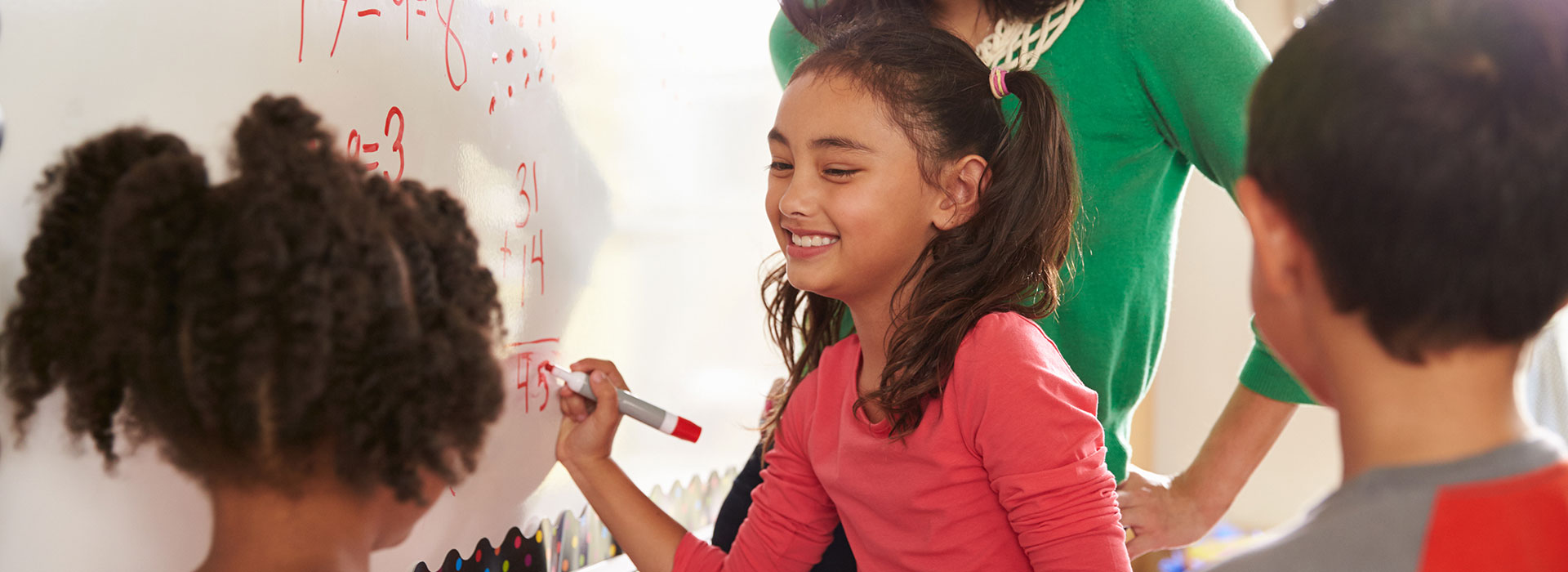It’s Thursday on a typical week of school. I receive a notification on the Teachers Pay Teachers site— I’ve sold another copy of my “Flubber” Movie guide. It’s a running joke with my colleagues because every Thursday or Friday I sell at least one, if not several of these movie guides. “It must be Friday—another movie guide sold!” I jokingly share to my peers.
There isn’t anything special about this movie guide. It asks students to apply their knowledge of physical and chemical properties and changes to the “Flubber” movie with Robin Williams. Why is this my most sold item? Why is it so popular at the end of the week?
I began reflecting on why I wrote and used this movie guide. I was teaching at an inner-city middle school with large class sizes. It was the end of the week and I was tired! I was looking for a way to have students apply our concepts without having to set up another lab or design a project.
I’ve grown a lot as an educator from that perspective ten years ago. One of the major areas that I grew was understanding that I was doing too much of the cognitive work in the beginning of the week. Which meant I was tired and burnt out by Friday. And, my students were definitely NOT cognitively engaged.
Many research studies have shown the critical role of cognitive engagement in students’ achievement (Akyol, 2009; Greene, Miller, Crowson, Duke, & Akey, 2004; Pintrich, Smith, Garcia, & McKeachie 1993).
Teachers often worry—but I’m not up in the front of the classroom “teaching”. Once they get past the fact that they don’t need to be the sage on the stage, they begin looking for the bells and whistles that will engage their students. Possibly this has led to many schools going one-to-one with technology. Which begs the question are the students behaviorally engaged with technology or cognitively engaged? I would argue that in most one-to-one classrooms, students are merely behaviorally engaged. What’s the difference? The definition of cognitive engagement is to comprehend content deeply. To think. If students are just reading the same power point that you used in the past to lecture, are they really beyond a basic bloom’s level of thinking?
Perseverance and collaboration are important skills to have to comprehend content deeply. I think we can all agree that most of the times when students are on their devices, they aren’t collaborating in their learning. One could argue that the students are persevering through the notes or using perseverance to finish all the levels of their video games, but is this truly the level of thinking we are after?
Imagine visiting a classroom where the students were organizing, grappling with, and collaborating around content at deep, transferable levels. This doesn’t have to be complicated. My big idea and learning objective should be the center of my planning as I determine what level of thinking I need my students to achieve. If I go back to the topic behind the “Flubber” movie guide, of physical and chemical changes and properties, the students need to be able to determine if real life examples are properties or changes in matter, more specifically chemical or physical. Students are sitting with a shoulder partner. I give them an everyday object. I ask them to discuss and list with their partner everything they can observe about this item.
Students begin talking about and listing properties of the real life “matter” that I have given them. After a few minutes, I ask for the whole class to consider whether these properties they described about their matter where physical in nature or chemical. I ask them to turn to their shoulder partner and discuss and label each property. After a few minutes, I ask students to turn to the definitions of physical and chemical properties in their textbook and after reading the section to re-visit their labels with the shoulder partner. Once students have had enough time to re-evaluate, I ask them as a whole class if there were any properties in their list that they weren’t sure where they fit. I write these down on the board. I ask the students if any of their groups didn’t have both physical and chemical properties for their piece of matter. I record these on the board. Next, I ask the shoulder partners to group up and make a group of four. They are tasked to work together to determine the mystery properties that we had just listed on the board. We return as a whole class and clarify our lists.
The students were then tasked to write a “how to guide” on determining if a property was physical or chemical. They discuss with their group of four and then I ask them individually now write out their “how to guide”. These are collected at the end of the class so that I can use them as formative data to determine if any students are unclear on the concept.
The next day, I begin class by showing them a new item (of matter). They work in small groups to use their “how to guides” to list and label the physical and chemical properties of this matter. For the students who showed they were struggling the day before, I form a group with them and we go through this activity together. For the students who are ready to dive deeper, I have them read the section on physical and chemical changes and create a graphic organizer explaining the connections and differences between changes and properties.
No special materials, no technology, and no burnt out teacher! Students leave with a deeper understanding of physical and chemical properties improving the chances of long-term retention. Keeping it simple, with good old-fashioned lesson design focused on the learning objective and students being cognitively engaged. Like “Flubber” I motivated my students to collaborate and persevere in their learning, but unlike “Flubber” I didn’t have to defy gravity in order to guide them to deeper learning. Perhaps I just needed to defy the trends and go back to the research.
Akyol, G. (2009). The contribution of the cognitive and metacognitive strategy use to seventh grade students’ science achievement. (Unpublished master’s thesis). Middle East Technical University, Ankara, Turkey
Greene, B. A., Miller, R. B., Crowson, H. M., Duke, B. L., & Akey, K. L. (2004). Predicting high school students’ cognitive engagement and achievement: Contributions of classroom perceptions and motivation. Contemporary Educational Psychology, 29(4), 462-482
Pintrich, P. R., Smith, D. A., García, T., & McKeachie, W. J. (1993). Reliability and predictive validity of the Motivated Strategies for Learning Questionnaire (MSLQ). Educationaland Psychological Measurement, 53(3),801-813


